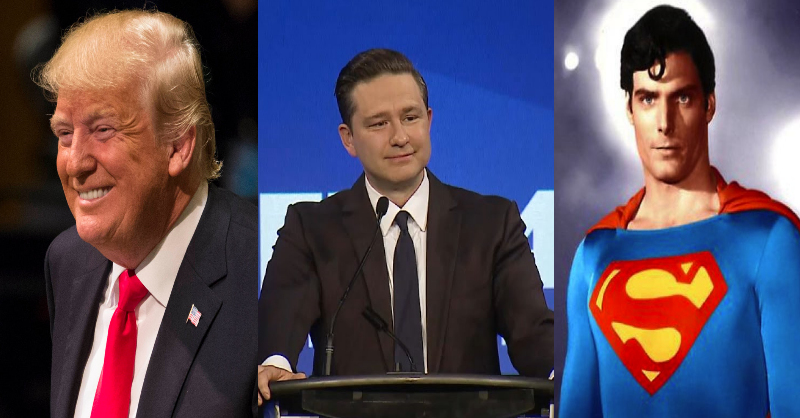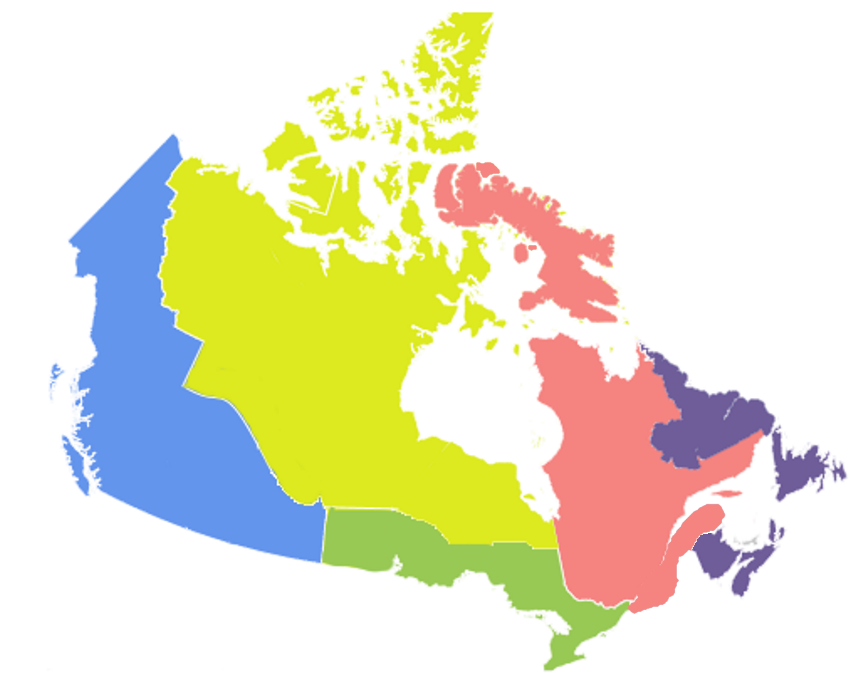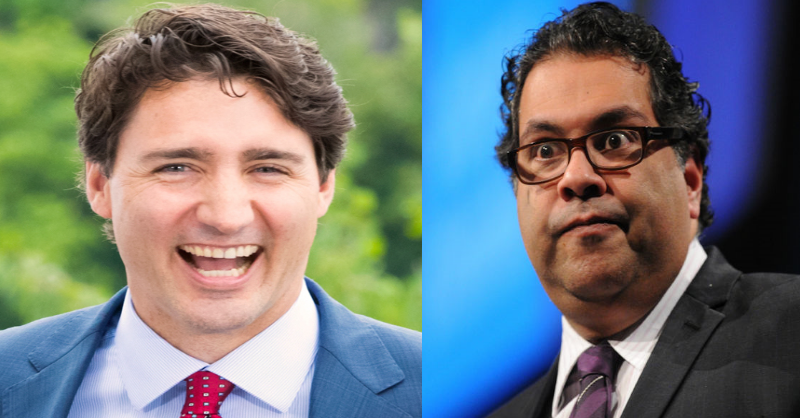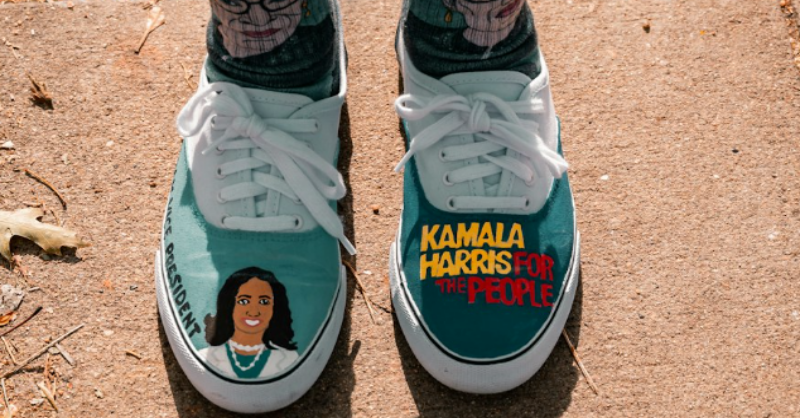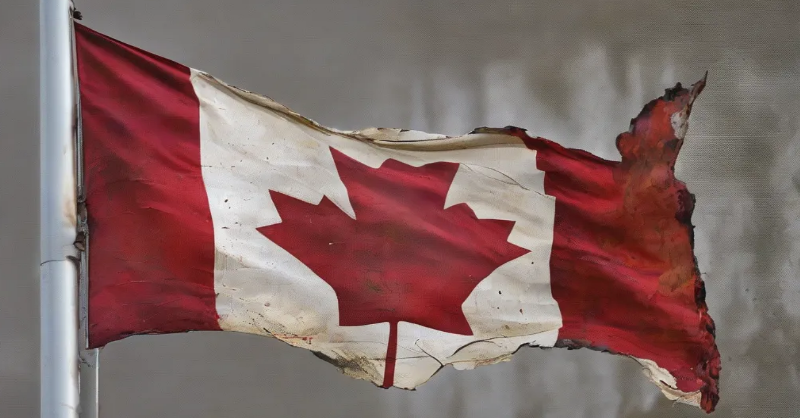Empires rise and fall.
It has been happening throughout human history. What rises from the
ashes of a fallen society is often something better and more
enduring. When the Roman Empire fractured, other empires filled the
gap and new societies emerged. The Holy Roman and Byzantine Empires
eventually became other empires—which eventually became Italy,
France, Germany, and various other European countries we know today.
There were some challenges along the way, but better things emerged
from the ashes of past societies.
Like those other
societies, Canada won't last forever.
Canadians need to come
to terms with reality. We're already 157 years in and most
democracies have been lucky to last this long. The average lifespan
of an empire is only 250 years. Some have lasted longer, others have
lasted much less time. If you ask some historians and scholars, they
would call Canada an extension of the American Empire. That means
that if the American Empire falls, we fall.
The United States will
celebrate its 250th anniversary in 2026.
The end of Canada won't
look much different than the end of any other society in history.
People will struggle to define when the end started, or what the end
really looks like. However, Canada can probably be considered
finished when two or more major provinces separate. When economically
powerful provinces start pulling the plug, Canada ends. As things get
worse, public sentiments will begin to change dramatically over time
and separatism will become stronger in the West and Quebec. As the
social situation deteriorates, so will patriotism and national
loyalty. Animosity and resentment will open cracks between regions
across the country.
All of this is far off
in our future, but not as far as some people might think. The more
rapidly Canada deteriorates, the more rapid the transformation of
public attitudes will be. During the Great Depression, movements
popped up across the world like hives, all at once, in response to
the ongoing economic strife and destruction.
Things that no one
expects can happen quickly during economic catastrophes.
What It Might Look
Like
Canada as we know it
will look different for our great grandkids, no matter what our
opinions and biases might tell us now. The land we call Canada might
not be called Canada anymore. A lot will change in the next
couple of generations, but it's hard to know exactly what everything
might look like in 100 years.
Regionally, we can only
imagine what North America will look like when the society we
currently know breathes its last breath. Using current divisions and
cultural divides, we can make some guesses.
Along ethnic and
cultural lines, much of Northern Saskatchewan, Manitoba, and Northern
Ontario could go to sovereign indigenous cultures, namely the Cree
and Ojibway. As separatist sentiments rise, many First Nations may
join the club and begin calling for their own full autonomy and
sovereignty. As the traditionally white, English provinces and
regions begin fighting, indigenous tribes and cultures may find
reasons to chart their own paths.
The Maritimes, Quebec,
and parts of Ontario may break into competing cultural factions. The
Scottish and Irish roots in Atlantic Canada have created different
customs in the far East, while Quebec's French roots have
differentiated the province from the rest of Canada since its
inception. The Northwest Territories and Nunavut would likely join
Northern Saskatchewan and Manitoba.
Mostly English and
white British Columbia, Southern Alberta, and Southern Saskatchewan
would find common ground on several fundamental issues and likely
forge a path forward together as a separate nation. Parts of Northern
British Columbia could go to indigenous tribes, but whites make up a
majority of the population there.
Mostly white Yukon
would probably join B.C., Alberta, and Saskatchewan.
A lot of theorists and
Western separatists have this perfect vision of a perfect map drawing
out British Columbia, Alberta, Saskatchewan and Manitoba as some
unrealistic, utopian nation. The reality wouldn't be that simple or
perfect. Even the whitest parts of Manitoba are more politically and
culturally aligned with Ontario. In reality, Manitoba should never be
included in a Western separatist movement. Manitobans would be more
likely to join Ontario than the West.
If First Nations chased
their own sovereignty and somehow succeeded, this could be a more realistic map of what our
post-Canadian landscape might look like:
